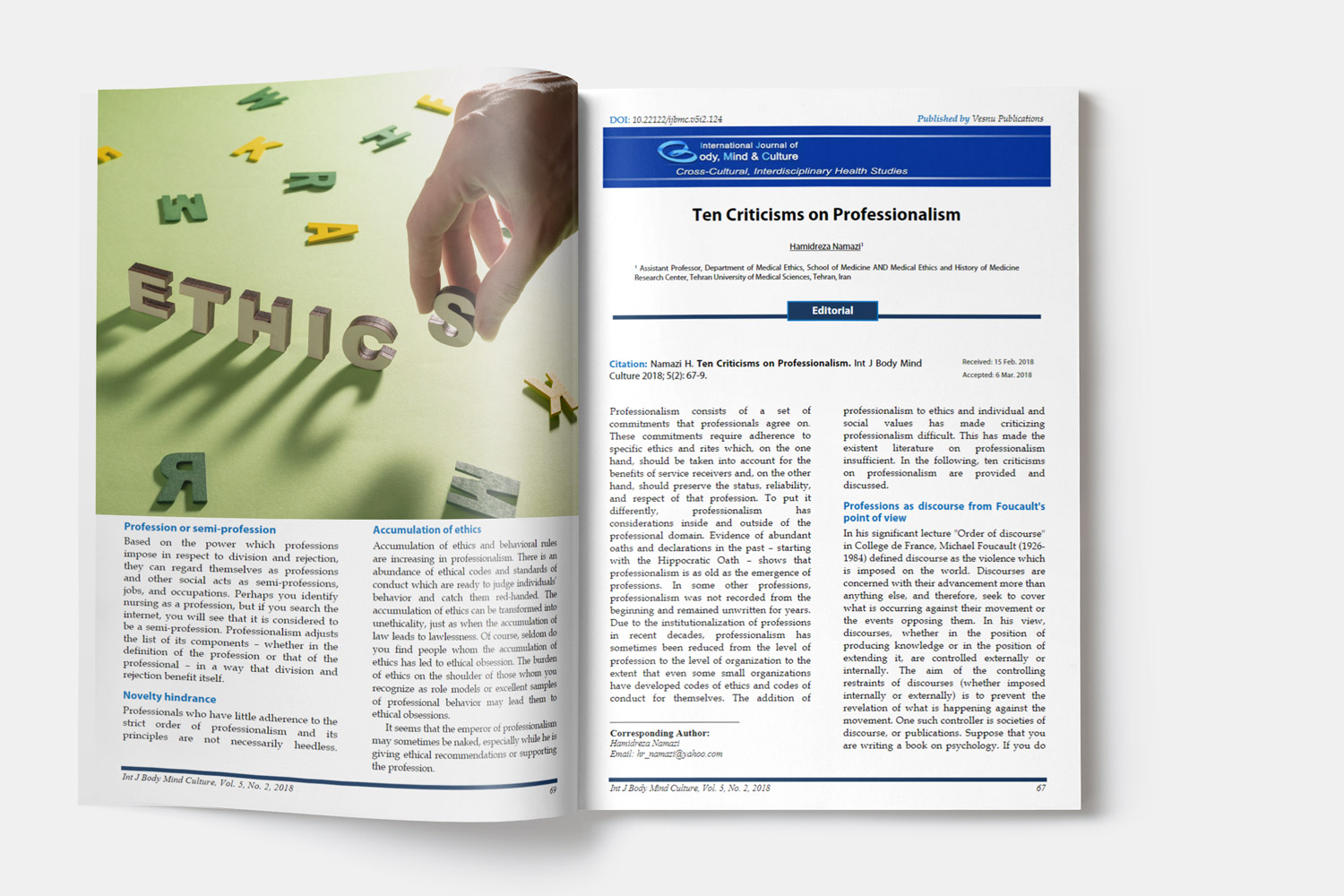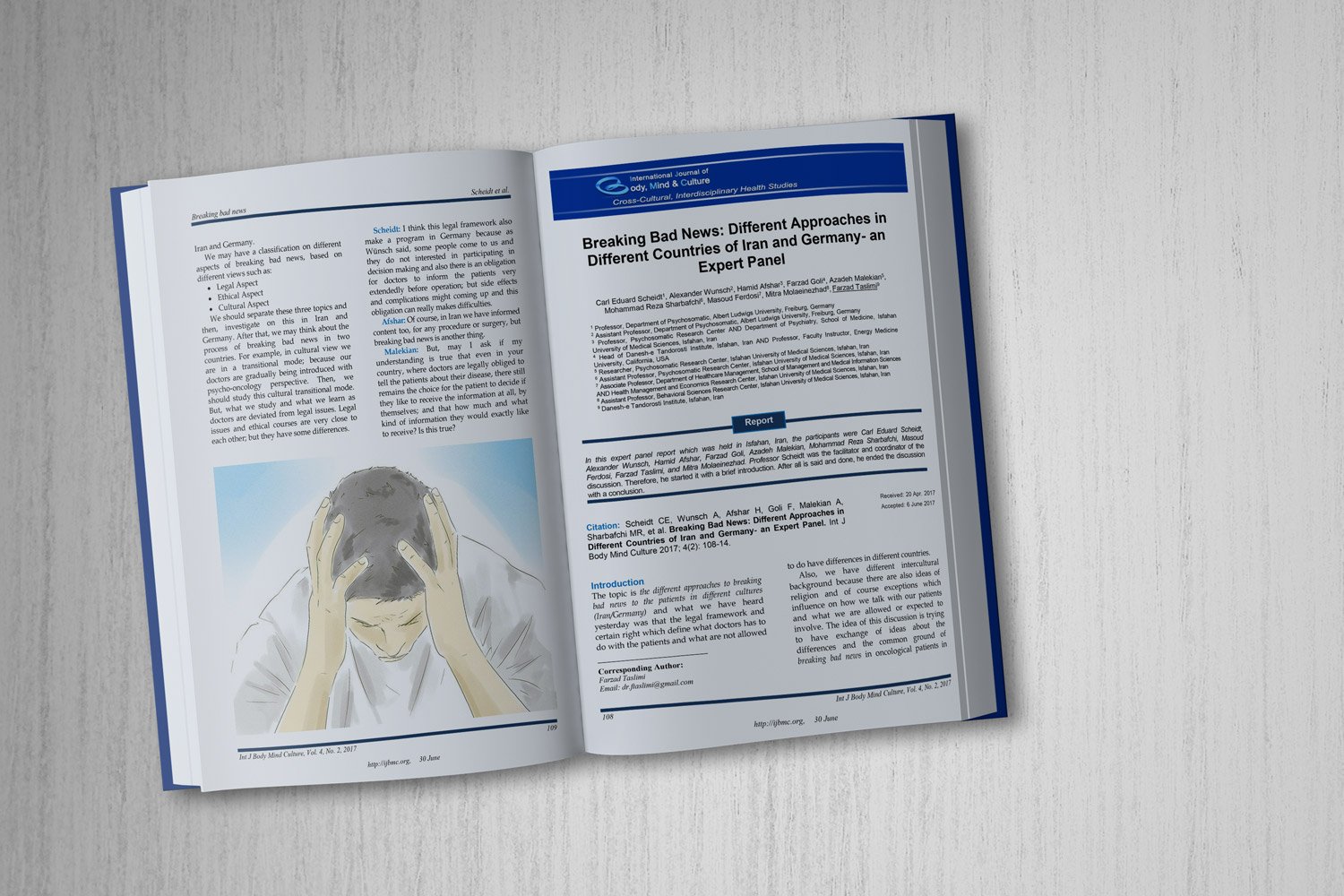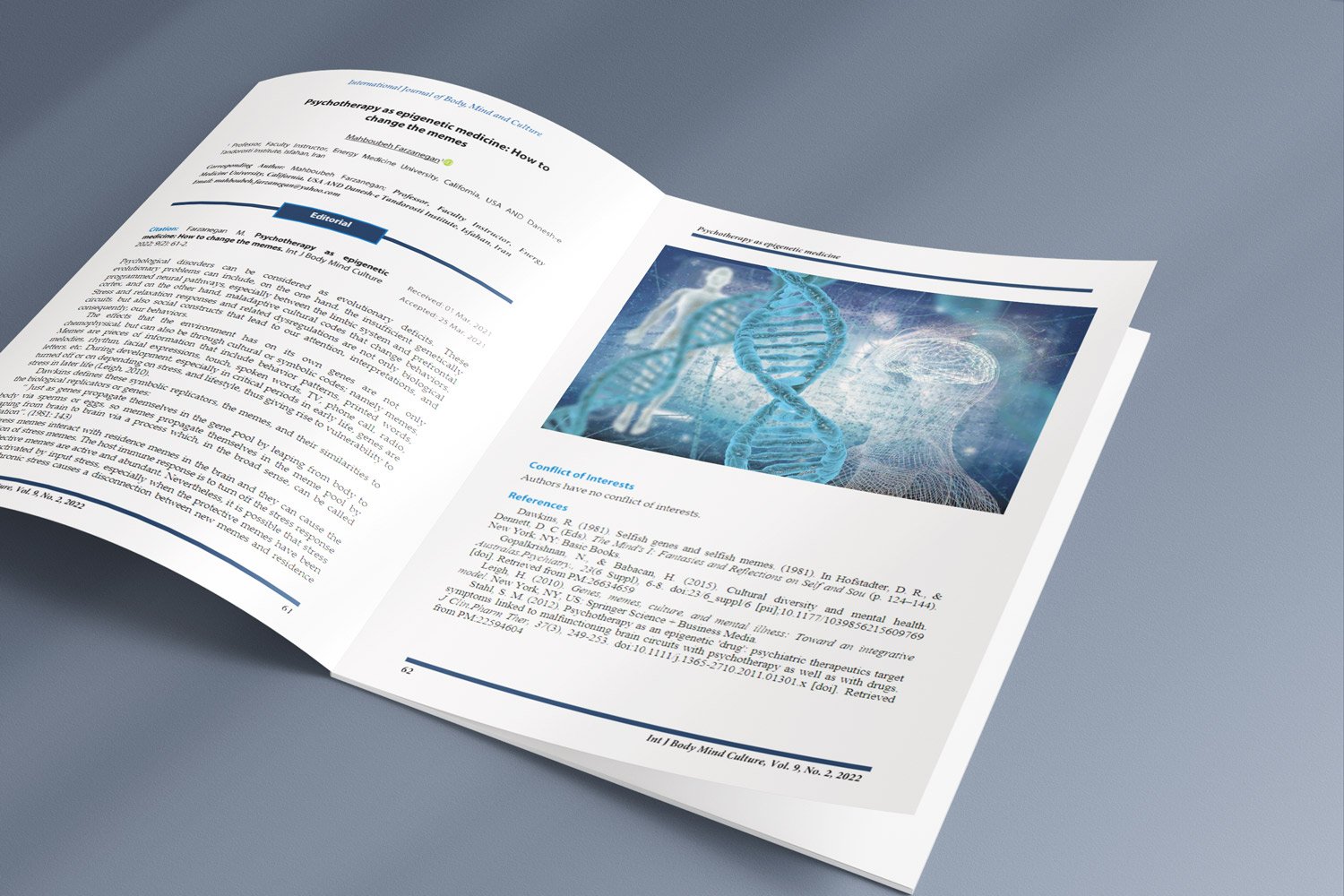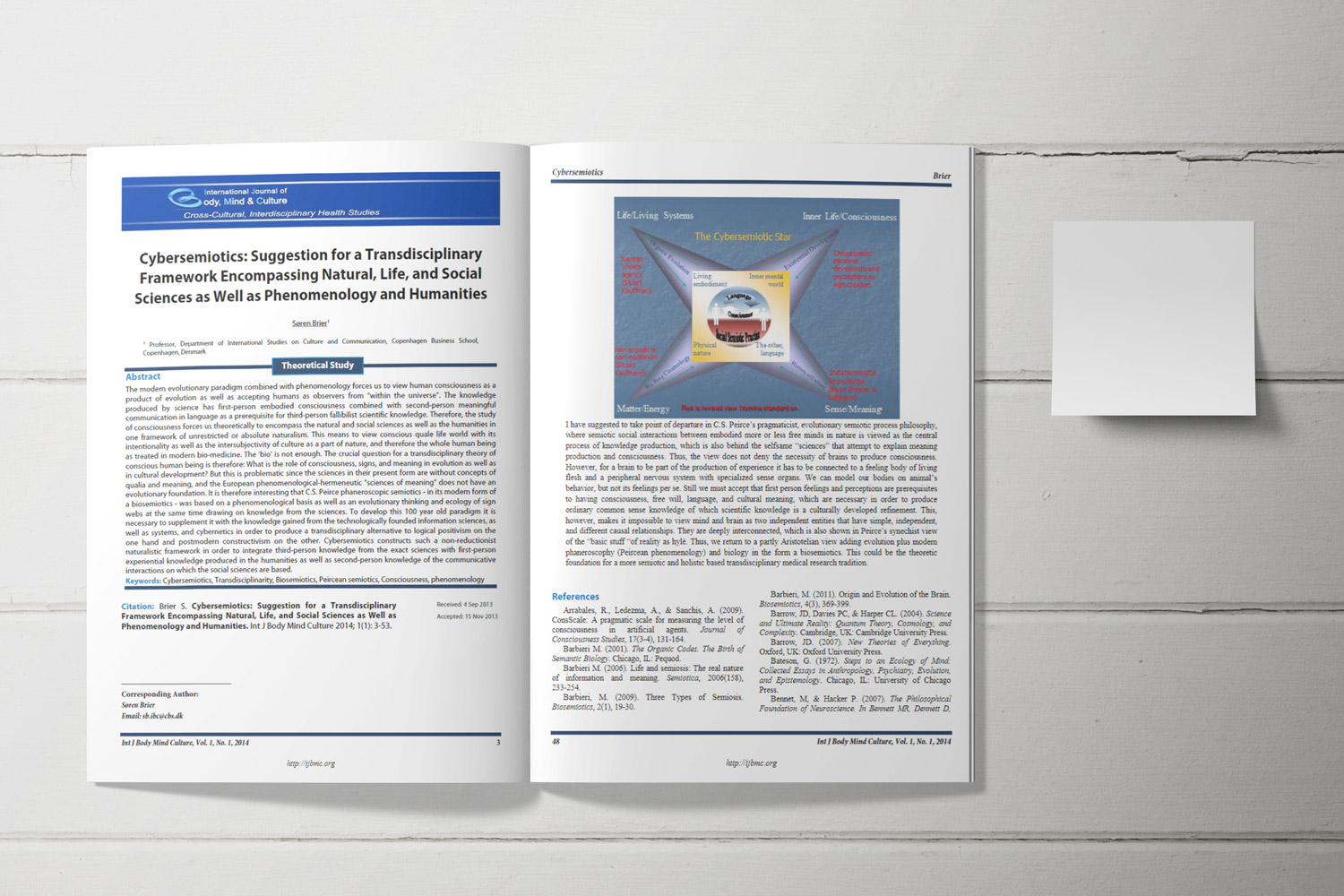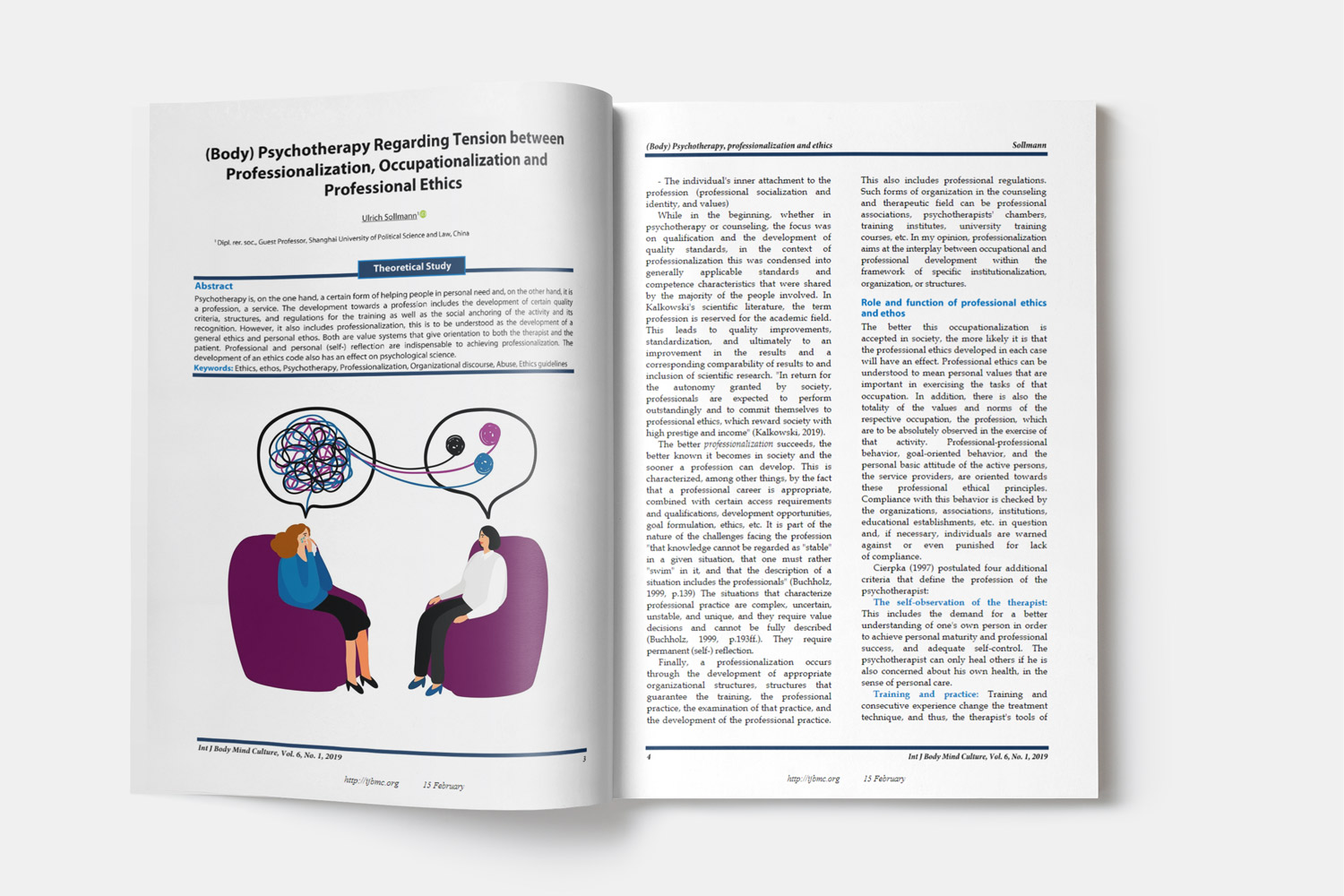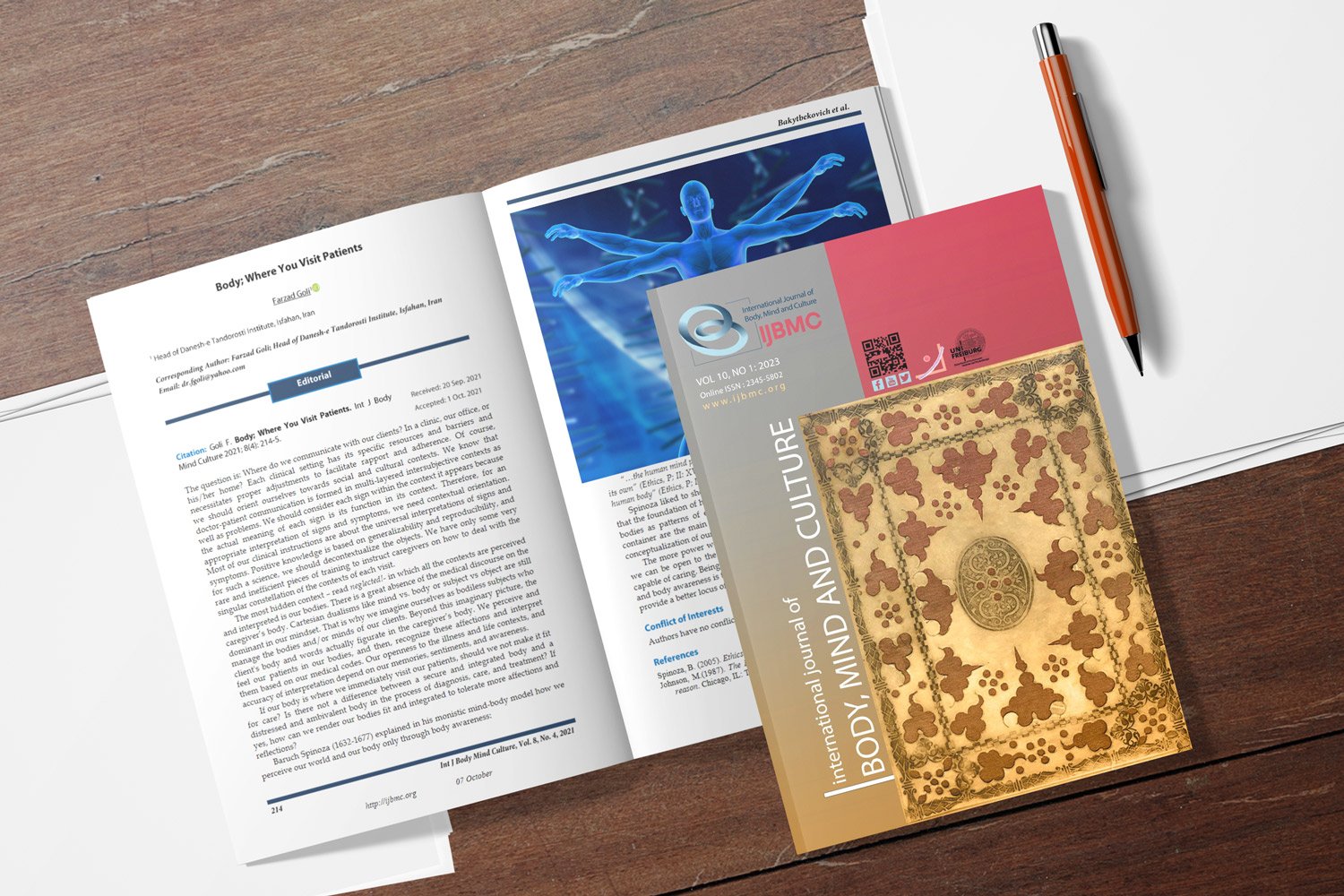Profiling cronic pain based on cognitive, emotional, and neuropsychological indicators
Background: Pain is a phenomenon every person experiences during life, and its prevalence in societies is reportedly 13-47%. Psychological approaches focus on the two categories of pain-injury factors and pain-coping skills. Considering the importance of these factors, this study aimed to investigate the chronic pain based on psychological indicators, cognitive and emotional indicators.
Methods: A structural equation correlation design was employed to achieve the current survey’s aim. Two hundred Patients with chronic muscular and skeletal pains referred to the pain clinic of Mashhad University of Medical Sciences between 2022 and 2023 were recruited through available sampling. Ambiguous scenarios test created by Barna and Wisconsin Card Sorting (Grant & Berg, 1948) Test were used to measure interpretation bias and abstract behavior, respectively. The Stroop color-word test measured selective attention and cognitive flexibility (Stroop, 1935). Assessing emotional, cognitive, and behavioral reactions to ambiguous situations and Anxiety was performed using the Uncertainty Intolerance Scale (UIS) designed by Friston and the Anxiety Susceptibility Scale. Data was analyzed using SPSS (v.16.0) and SmartPLS.3.3.2 software.
Results: The path of predicting chronic pain by five indicators was significant in all dimensions. It was found that congruent (P<0.01) and incongruent reactions (P<0.01) and ambiguous scenarios (P<0.01) among cognitive indicators, anxiety sensitivity (P<0.01), and completion of classes (P<0.01) among the neurological indicators, intolerance of uncertainty (P 0.01) among the emotional indicators and unstable behavior tendencies (P<0.01) and impulsive behavior tendencies (P<0.01) among the behavioral indicators significantly predicted chronic pain.
Conclusion: Emotional factors are more closely correlated to chronic pain than cognitive factors. Also, it can be said that the structure of anxiety sensitivity has a significant association with chronic pain disorders, and clinicians should pay attention to this emotional structure and its multifaceted effects in working with chronic pain patients.
Downloads
Allaz, A.-F., & Cedraschi, C. (2015). Emotional aspects of chronic pain. In Pain, emotion and cognition: A complex nexus. (pp. 21-34). Cham, Switzerland: Springer International Publishing/Springer Nature.
Bair, M. J., Robinson, R. L., Katon, W., & Kroenke, K. (2003). Depression and pain comorbidity: a literature review. Arch Intern Med, 163(20), 2433-2445. doi:10.1001/archinte.163.20.2433
Behzadi, Z., & Rahmati, S. (2016). A comparison of the prevalence of obsessive beliefs in people with rheumatoid arthritis and in healthy people. Research in Psychological Health, 10(1), 44-51.
Berna, C., Lang, T. J., Goodwin, G. M., & Holmes, E. A. (2011). Developing a measure of interpretation bias for depressed mood: An ambiguous scenarios test. Pers Individ Dif, 51(3), 349-354. doi:10.1016/j.paid.2011.04.005
Boswell, J. F., Farchione, T. J., Sauer-Zavala, S., Murray, H. W., Fortune, M. R., & Barlow, D. H. (2013). Anxiety sensitivity and interoceptive exposure: a transdiagnostic construct and change strategy. Behav Ther, 44(3), 417-431. doi:10.1016/j.beth.2013.03.006
Bruin, W. B., Taylor, L., Thomas, R. M., Shock, J. P., Zhutovsky, P., Abe, Y., . . . van Wingen, G. A. (2020). Structural neuroimaging biomarkers for obsessive-compulsive disorder in the ENIGMA-OCD consortium: medication matters. Transl Psychiatry, 10(1), 342. doi:10.1038/s41398-020-01013-y
Buhr, K., & Dugas, M. J. (2002). The Intolerance of Uncertainty Scale: psychometric properties of the English version. Behav Res Ther, 40(8), 931-945. doi:10.1016/s0005-7967(01)00092-4
Bushnell, M. C., Ceko, M., & Low, L. A. (2013). Cognitive and emotional control of pain and its disruption in chronic pain. Nat Rev Neurosci, 14(7), 502-511. doi:10.1038/nrn3516
Crofford, L. J. (2015). Chronic Pain: Where the Body Meets the Brain. Trans Am Clin Climatol Assoc, 126, 167-183.
Cunha, M., Almeida Ribeiro, A., & André, S. (2016). Anxiety, Depression and Stress in Patients with Rheumatoid Arthritis. Procedia - Social and Behavioral Sciences, 217, 337-343. doi:10.1016/j.sbspro.2016.02.098
Curtin, K. B., & Norris, D. (2017). The relationship between chronic musculoskeletal pain, anxiety and mindfulness: Adjustments to the Fear-Avoidance Model of Chronic Pain. Scandinavian Journal of Pain, 17, 156-166. doi:https://doi.org/10.1016/j.sjpain.2017.08.006
Den Ouden, L., Tiego, J., Lee, R. S. C., Albertella, L., Greenwood, L. M., Fontenelle, L., . . . Segrave, R. (2020). The role of Experiential Avoidance in transdiagnostic compulsive behavior: A structural model analysis. Addict Behav, 108, 106464. doi:10.1016/j.addbeh.2020.106464
Desnoyers, A., & Arpin-Cribbie, C. (2015). Examining cognitive performance: Do perfectionism and rumination matter? Personality and Individual Differences, 76. doi:10.1016/j.paid.2014.11.050
Esteve, R., Ramírez-Maestre, C., & López-Marínez, A. E. (2007). Adjustment to chronic pain: the role of pain acceptance, coping strategies, and pain-related cognitions. Ann Behav Med, 33(2), 179-188. doi:10.1007/bf02879899
Fazli, B., Ansari, H., Noorani, M., Jafari, S. M., Sharifpoor, Z., & Ansari, S. (1395). The Prevalence of Musculoskeletal Disorders and its Predictors among Iranians’ Housewives.
Floyd, M., Garfield, A., & LaSota, M. T. (2005). Anxiety sensitivity and worry. Personality and Individual Differences, 38(5), 1223-1229. doi:https://doi.org/10.1016/j.paid.2004.08.005
Freeston, M. H., Rhéaume, J., Letarte, H., Dugas, M. J., & Ladouceur, R. (1994). Why do people worry? Personality and Individual Differences, 17(6), 791-802. doi:https://doi.org/10.1016/0191-8869(94)90048-5
Ghadiri, F., Jazayeri, A., Ashaeri, H., & Ghazi Tabatabaei, M. (2006). Deficit in Executive Functioning in Patients With Schizo-Obsessive Disorder. icss, 8(3), 11-24. Retrieved from http://icssjournal.ir/article-1-203-en.html
Gormsen, L., Rosenberg, R., Bach, F. W., & Jensen, T. S. (2010). Depression, anxiety, health-related quality of life and pain in patients with chronic fibromyalgia and neuropathic pain. Eur J Pain, 14(2), 127.e121-128. doi:10.1016/j.ejpain.2009.03.010
Grant, D. A., & Berg, E. A. (1948). A behavioral analysis of degree of reinforcement and ease of shifting to new responses in a Weigl-type card-sorting problem. J Exp Psychol, 38(4), 404-411. doi:10.1037/h0059831
Knaster, P., Karlsson, H., Estlander, A. M., & Kalso, E. (2012). Psychiatric disorders as assessed with SCID in chronic pain patients: the anxiety disorders precede the onset of pain. Gen Hosp Psychiatry, 34(1), 46-52. doi:10.1016/j.genhosppsych.2011.09.004
Laposa, J. M., Collimore, K. C., Hawley, L. L., & Rector, N. A. (2015). Distress tolerance in OCD and anxiety disorders, and its relationship with anxiety sensitivity and intolerance of uncertainty. J Anxiety Disord, 33, 8-14. doi:10.1016/j.janxdis.2015.04.003
Lawrence, R. C., Felson, D. T., Helmick, C. G., Arnold, L. M., Choi, H., Deyo, R. A., . . . Wolfe, F. (2008). Estimates of the prevalence of arthritis and other rheumatic conditions in the United States. Part II. Arthritis Rheum, 58(1), 26-35. doi:10.1002/art.23176
Maia, T. V., Cooney, R. E., & Peterson, B. S. (2008). The neural bases of obsessive-compulsive disorder in children and adults. Dev Psychopathol, 20(4), 1251-1283. doi:10.1017/s0954579408000606
Moradi Manesh, F., Mirjafari, S. A., Goudarzi, M. A., & Mohammadi, N. (2007). Examining the psychometric properties of the Revised Anxiety Sensitivity Index (ASIR). Iranian Journal of Psychology, 4(44).
Murphy, L. B., Sacks, J. J., Brady, T. J., Hootman, J. M., & Chapman, D. P. (2012). Anxiety and depression among US adults with arthritis: prevalence and correlates. Arthritis Care Res (Hoboken), 64(7), 968-976. doi:10.1002/acr.21685
Narimani, M., Almardani-Some’eh, S., Mikaeeli, N., & Basharpoor, S. (2015). The Comparison of Intolerance of Uncertainty, Emotion Regulation and Marital Satisfaction in OCD-Patients and Normal Individuals. Journal of Clinical Psychology, 6(4), 21-32. doi:10.22075/jcp.2017.2179
Nikbakht, A., Neshat doost, H. t., & Mehrabi, H. (2018). Effect of Positive Imagery-Based Interpretation Bias Modification, Interpretation Bias Modification Based Self-Generation and Computerized Cognitive-Behaviour Training on Depressed Students. Clinical Psychology Studies, 8(29), 45-67. doi:10.22054/jcps.2018.8314
Pagliaccio, D., Durham, K., Fitzgerald, K. D., & Marsh, R. (2021). Obsessive-Compulsive Symptoms Among Children in the Adolescent Brain and Cognitive Development Study: Clinical, Cognitive, and Brain Connectivity Correlates. Biol Psychiatry Cogn Neurosci Neuroimaging, 6(4), 399-409. doi:10.1016/j.bpsc.2020.10.019
Picó-Pérez, M., Moreira, P. S., de Melo Ferreira, V., Radua, J., Mataix-Cols, D., Sousa, N., . . . Morgado, P. (2020). Modality-specific overlaps in brain structure and function in obsessive-compulsive disorder: Multimodal meta-analysis of case-control MRI studies. Neurosci Biobehav Rev, 112, 83-94. doi:10.1016/j.neubiorev.2020.01.033
Pujol, J., Blanco-Hinojo, L., Maciá, D., Alonso, P., Harrison, B. J., Martínez-Vilavella, G., . . . Soriano-Mas, C. (2019). Mapping Alterations of the Functional Structure of the Cerebral Cortex in Obsessive-Compulsive Disorder. Cereb Cortex, 29(11), 4753-4762. doi:10.1093/cercor/bhz008
Salberg, S., Noel, M., Burke, N. N., Vinall, J., & Mychasiuk, R. (2020). Utilization of a rodent model to examine the neurological effects of early life adversity on adolescent pain sensitivity. Developmental Psychobiology, 62(3), 386-399. doi:https://doi.org/10.1002/dev.21922
Simons, L. E., & Kaczynski, K. J. (2012). The Fear Avoidance model of chronic pain: examination for pediatric application. J Pain, 13(9), 827-835. doi:10.1016/j.jpain.2012.05.002
Stroop, J. R. (1935). Studies of interference in serial verbal reactions. Journal of Experimental Psychology, 18(6), 643-662. doi:10.1037/h0054651
Turk, D. C., & Okifuji, A. (2002). Psychological factors in chronic pain: evolution and revolution. J Consult Clin Psychol, 70(3), 678-690. doi:10.1037//0022-006x.70.3.678
Vachon-Presseau, E., Centeno, M. V., Ren, W., Berger, S. E., Tétreault, P., Ghantous, M., . . . Apkarian, A. V. (2016). The Emotional Brain as a Predictor and Amplifier of Chronic Pain. J Dent Res, 95(6), 605-612. doi:10.1177/0022034516638027
van Hecke, O., Torrance, N., & Smith, B. H. (2013). Chronic pain epidemiology and its clinical relevance. Br J Anaesth, 111(1), 13-18. doi:10.1093/bja/aet123
Viane, I., Crombez, G., Eccleston, C., Devulder, J., & De Corte, W. (2004). Acceptance of the unpleasant reality of chronic pain: effects upon attention to pain and engagement with daily activities. Pain, 112(3), 282-288. doi:10.1016/j.pain.2004.09.008
Wicksell, R. K., Melin, L., Lekander, M., & Olsson, G. L. (2009). Evaluating the effectiveness of exposure and acceptance strategies to improve functioning and quality of life in longstanding pediatric pain--a randomized controlled trial. Pain, 141(3), 248-257. doi:10.1016/j.pain.2008.11.006
Wilson, K. G., Mikail, S. F., D'Eon, J. L., & Minns, J. E. (2001). Alternative diagnostic criteria for major depressive disorder in patients with chronic pain. Pain, 91(3), 227-234. doi:10.1016/s0304-3959(00)00440-1
Yazdi-Ravandi, S., Shamsaei, F., Matinnia, N., Shams, J., Moghimbeigi, A., Ghaleiha, A., & Ahmadpanah, M. (2018). Cognitive Process in Patients With Obsessive-Compulsive Disorder: A Cross-Sectional Analytic Study. Basic Clin Neurosci, 9(6), 448-457. doi:10.32598/bcn.9.6.448
Zinbarg, R. E., Barlow, D. H., & Brown, T. A. (1997). Hierarchical structure and general factor saturation of the Anxiety Sensitivity Index: Evidence and implications. Psychological Assessment, 9(3), 277-284. doi:10.1037/1040-3590.9.3.277
Copyright (c) 2025 International Journal of Body, Mind and Culture

This work is licensed under a Creative Commons Attribution-NonCommercial 4.0 International License.









